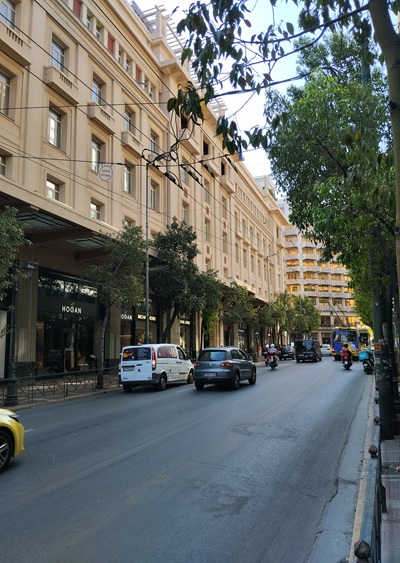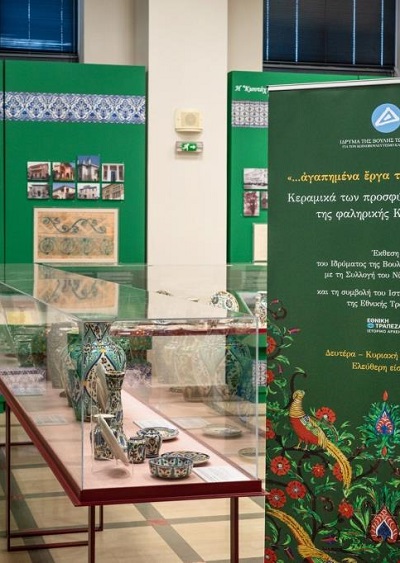
Archive of History & Art– The War Archive of Andreas and Annabella Freris organises on Saturday 20 January 2024 at 19.30 an online presentation (via the Zoom platform) by Sotiris Vourliotis on Berlin in the darkest period of its history, 1933-45.
About Sotiris Vourliotis
Sotiris Vourliotis was born, grew up and lives in Athens, Greece. He graduated from the Department of Mechanical Engineering of the Technical University of Chalkida, holds a Diploma in Mechanical Engineering from the National Technical University of Athens (with three scholarships from the I.K.Y.) and works as a designer. His interest in the history of World War II started at a very young age. As a primary school student, he started to collect and study books, magazines, documentaries, while he never misses an opportunity to visit a museum or a region where an event took place, in Greece or abroad, returning with rich photographic material.
In 2000 he took the opportunity to work with the historical publications Periscope, as it gave him the opportunity to deal more deeply with that period of history. Subsequently, he worked with Gnomon Editions and in recent years with Govosti Publications. He has authored two books, dozens of articles in journals in the field and has participated in many publications of collective works, some of which have been translated into English and are published outside Greece by a well-known publishing house in the field. In them he develops topics of broader military history: military conflicts, special operations, unknown aspects, organization of opposing forces, military technology, weapons, war films, etc., mainly on the period of World War II. He is married and has one daughter.
The topic of the presentation
Berlin’s place in recent history is unique: it was the administrative centre of the National Socialist dictatorship, it was devastated by Allied bombing and land confrontation, for four years it was occupied by the four victors of World War II, and a wall divided it in two for four decades. Although the first written reference to Berlin dates back to the 13th century, the period 1933-1945 is undoubtedly the darkest and most destructive for the German capital.
The regime’s grandiose plans, the air raids, the Battle of Berlin, have left indelible marks on the capital. Today’s presentation will start with the 1933 torch-lighting of the Oder den Linden and end with the wreckage of the 1945 Chancellery. Along the way, it will stop at monuments and buildings associated with important events of that period – some of the latter still standing today. At the same time, it will document the reaction (or response) of Berliners to historical events, such as the rise of the new order, the persecution of dissidents, ethnic, religious and other groups, the worldwide promotion of the 1936 Olympic Games, the start of the war, the bombing and the early days of peace.
The presentation will be accompanied by the projection of photographs
For the link to the online meeting, click here.







Leave A Comment